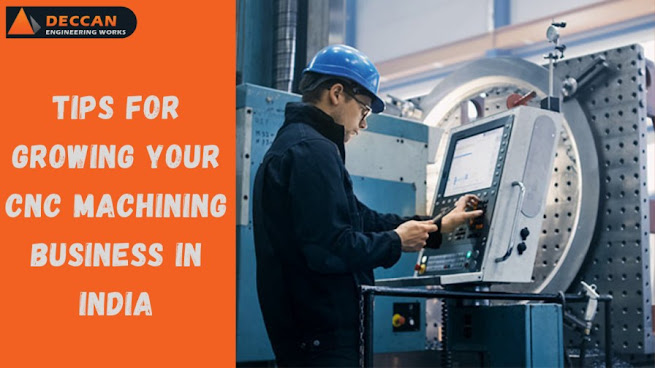The 5 Most Common Types of Precision CNC Machining

CNC machining is an overall term utilized for a wide assortment of machining applications. "CNC" is a numerically controlled and programmable feature of a computer, which allows the machine to perform many tasks with minimal human control. CNC machining is the production of components using CNC-controlled machines. The term subtraction describes a range of production processes where the material is extracted from the workpiece or bar to form part of the material component. There are 5 common types of CNC machining that are done by 5 different types of CNC machines. These processes are used in many industries including medical, aerospace, industrial, oil and gas, hydropower, fireworks, etc. CNC machining CNC offers many advantages over machining without programmable capabilities. Significantly reduced cycle times have been improved and multiple features can be met at the same time and quality and consistency can be improved. It is suitable for medium and high volume require





